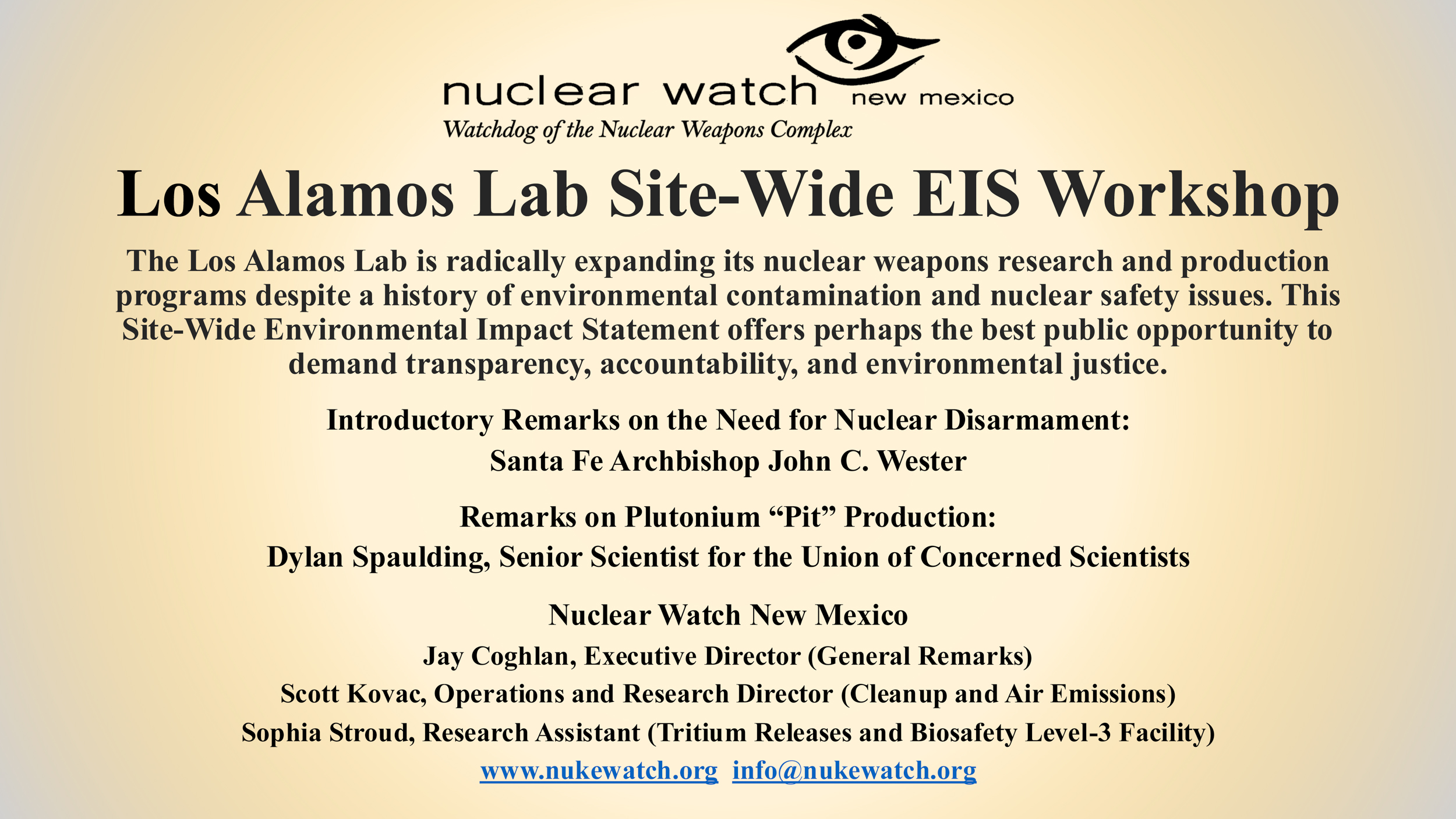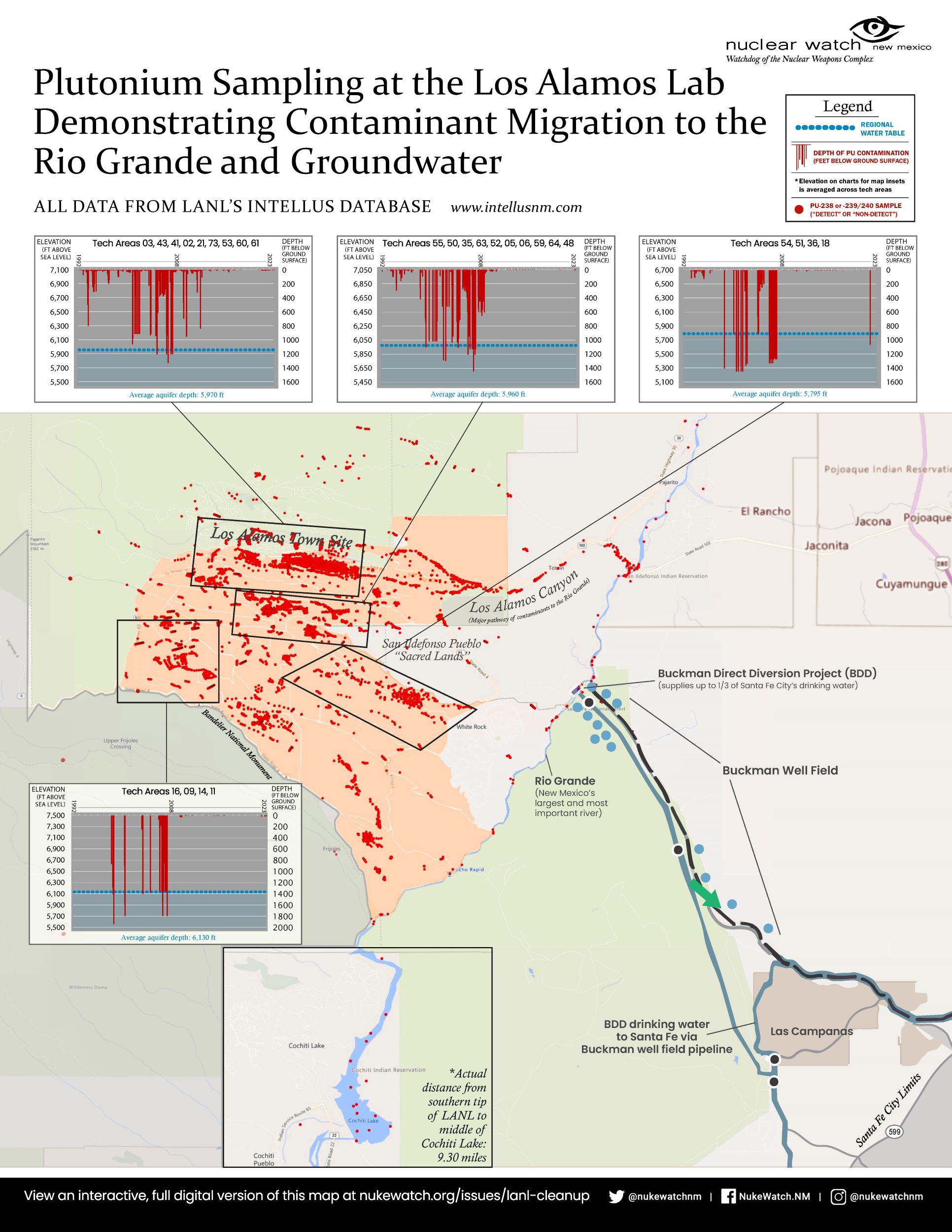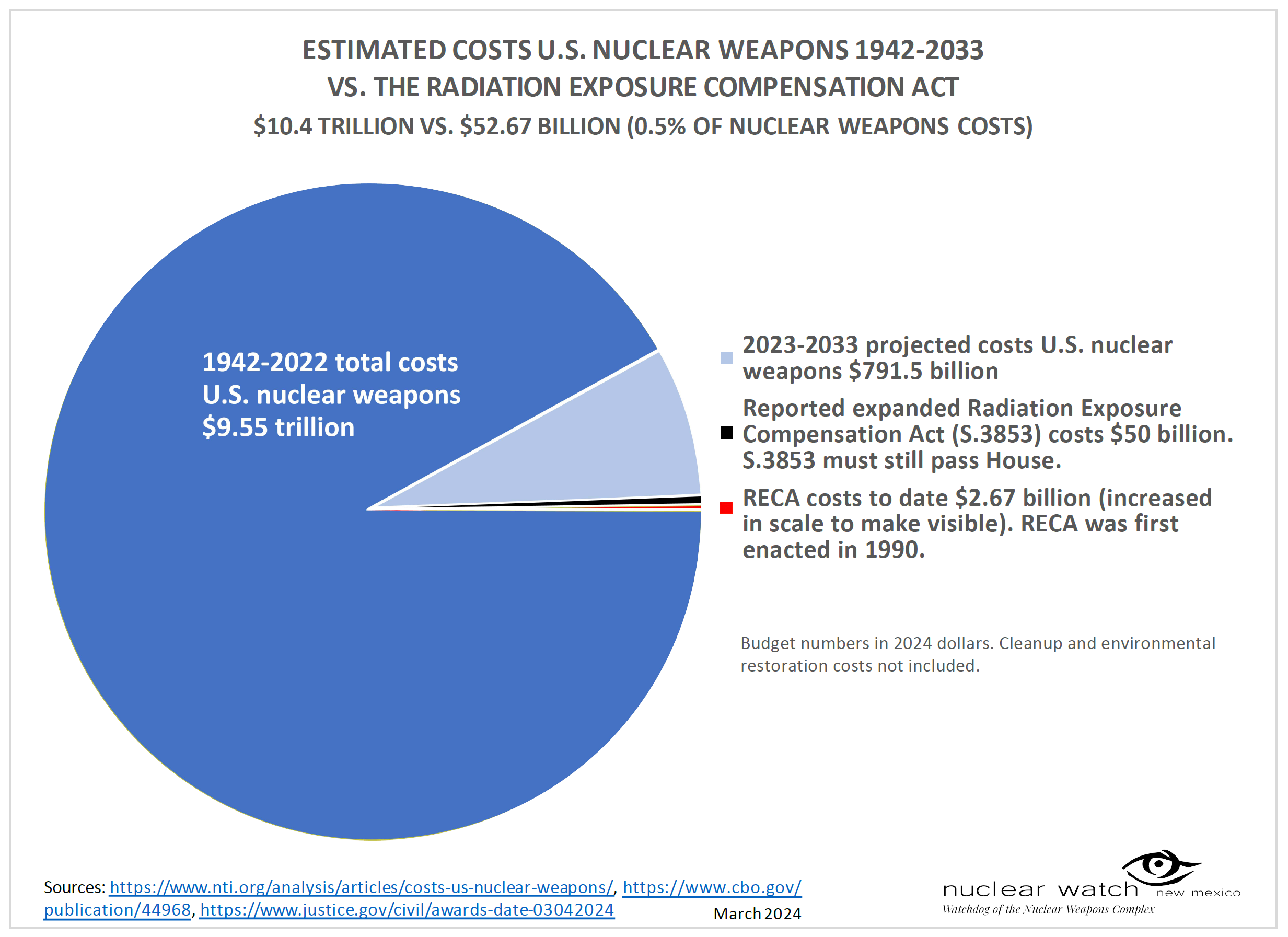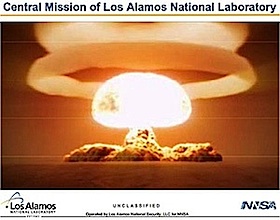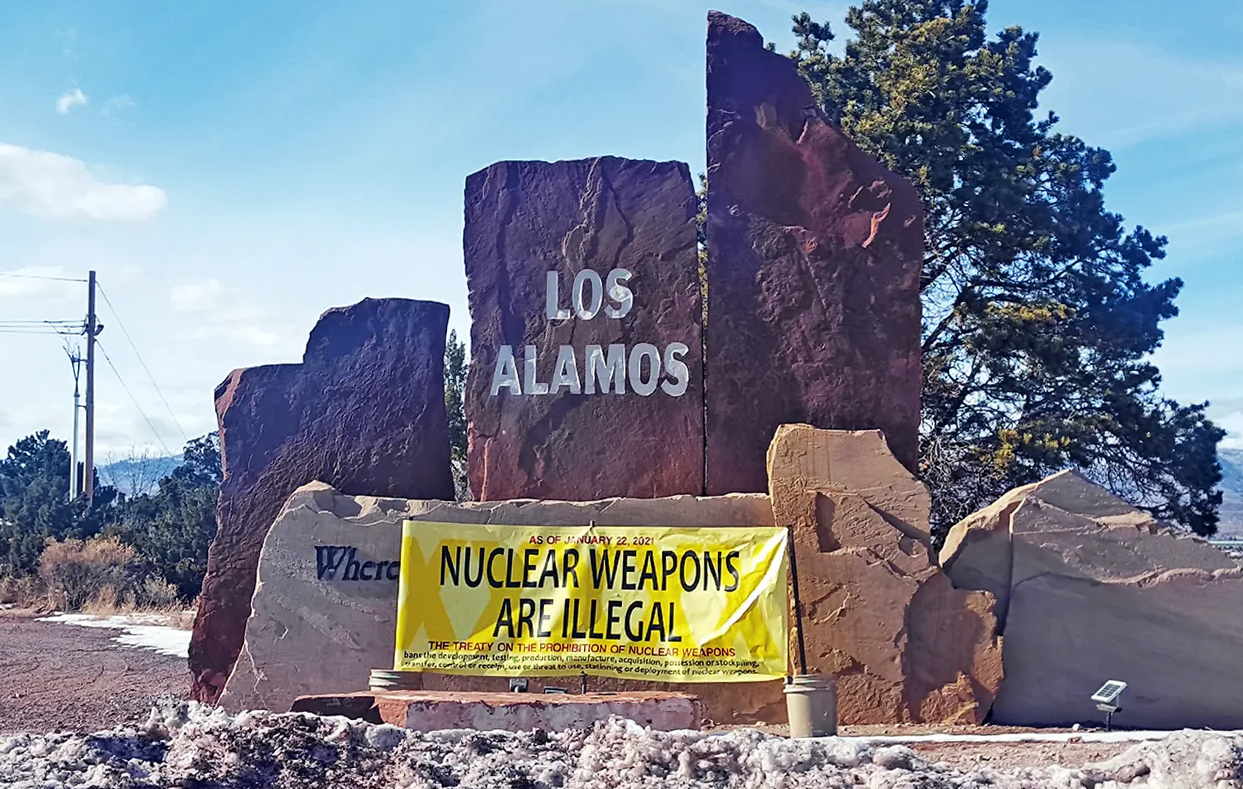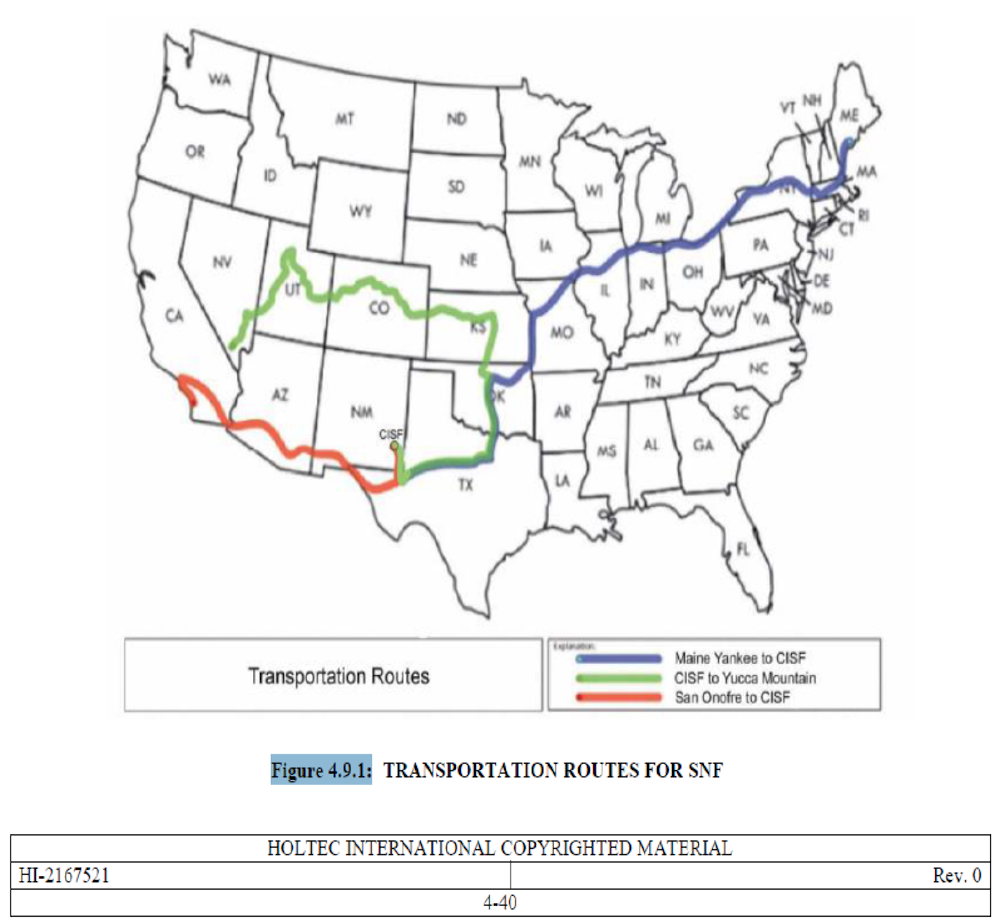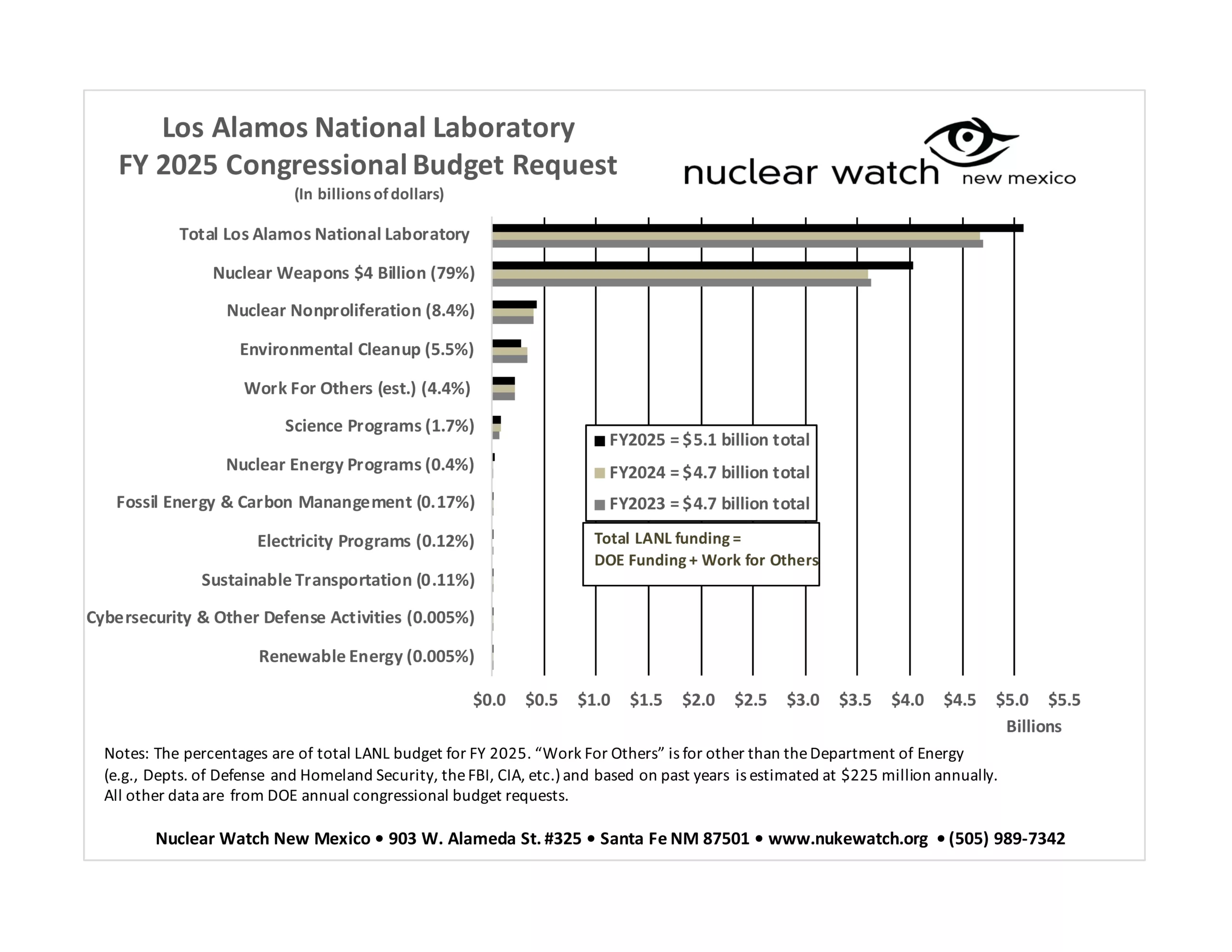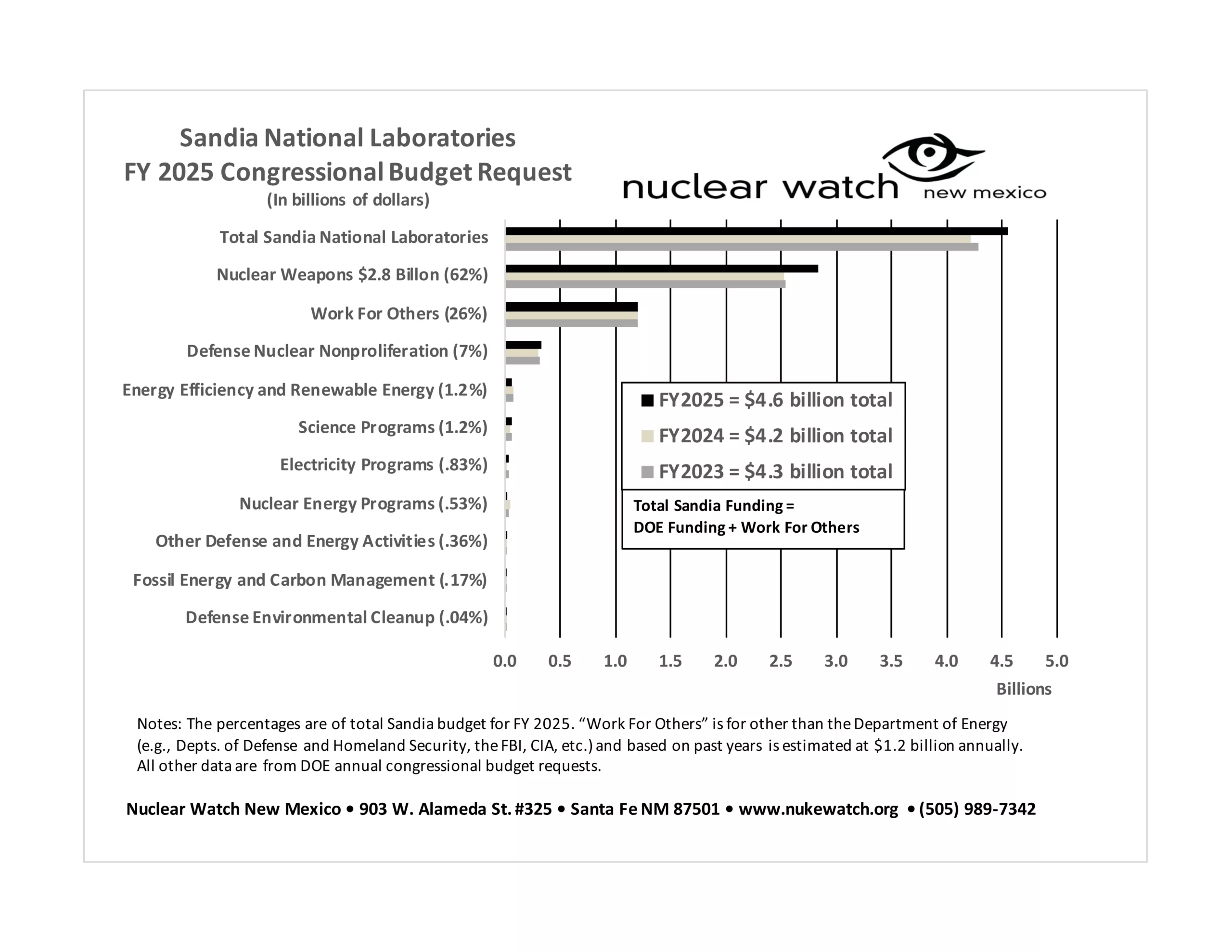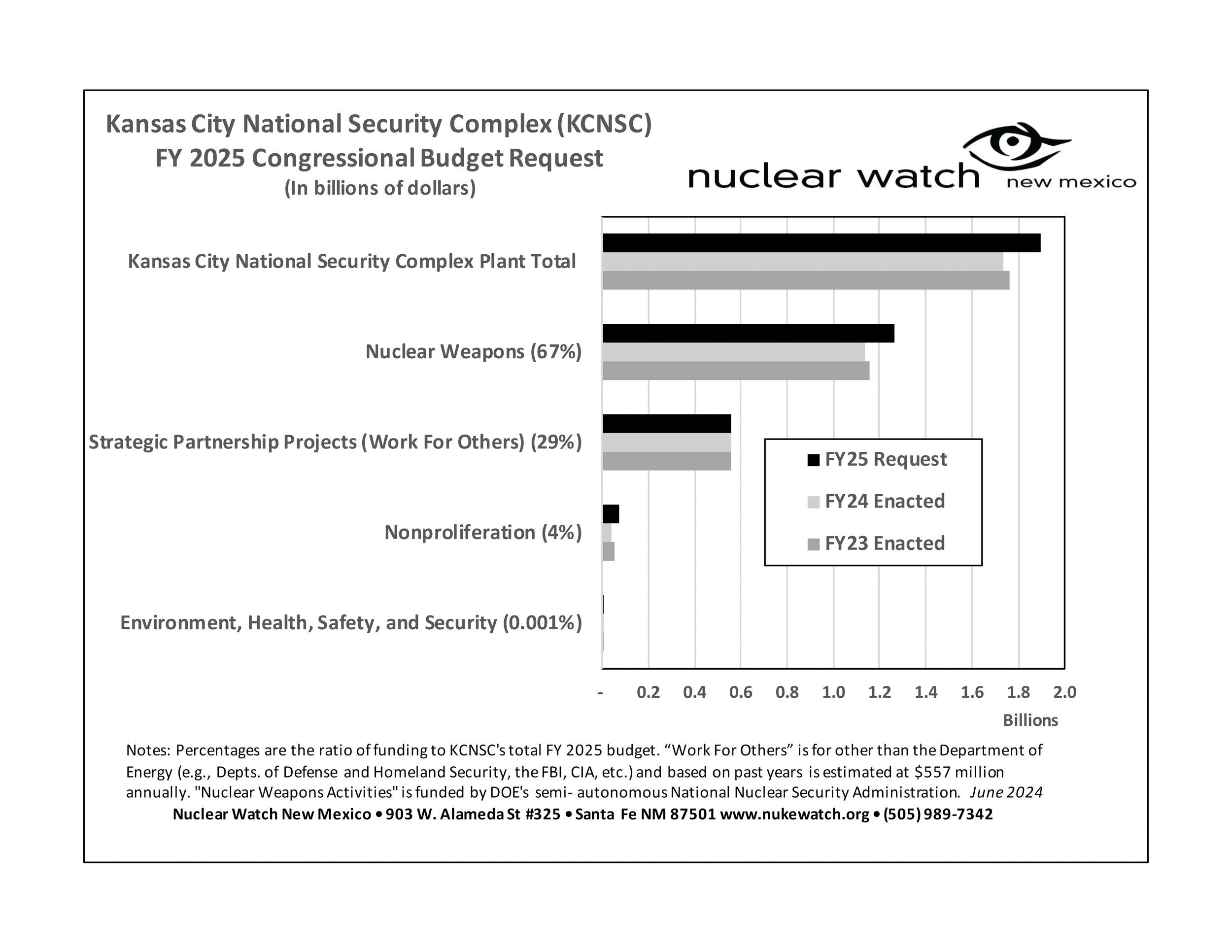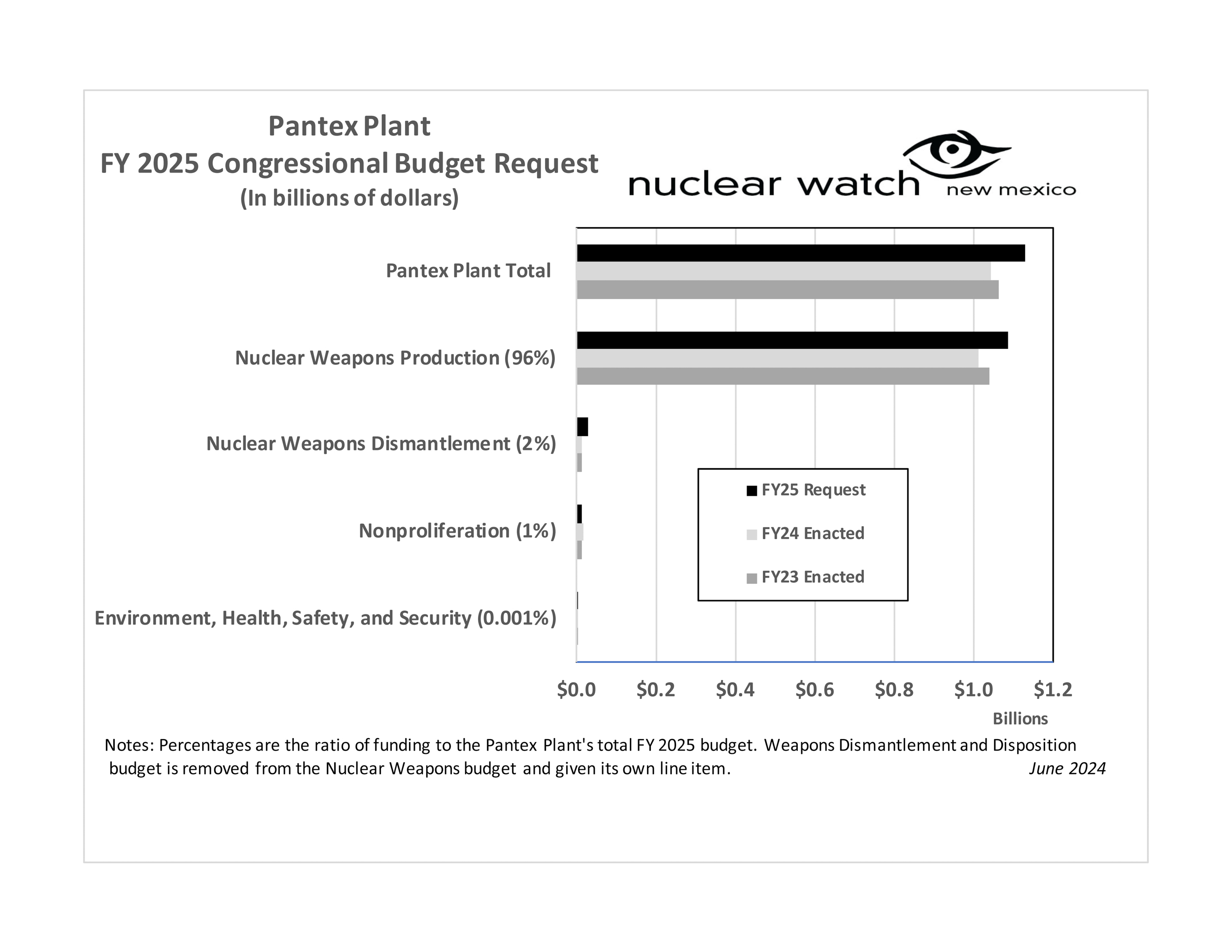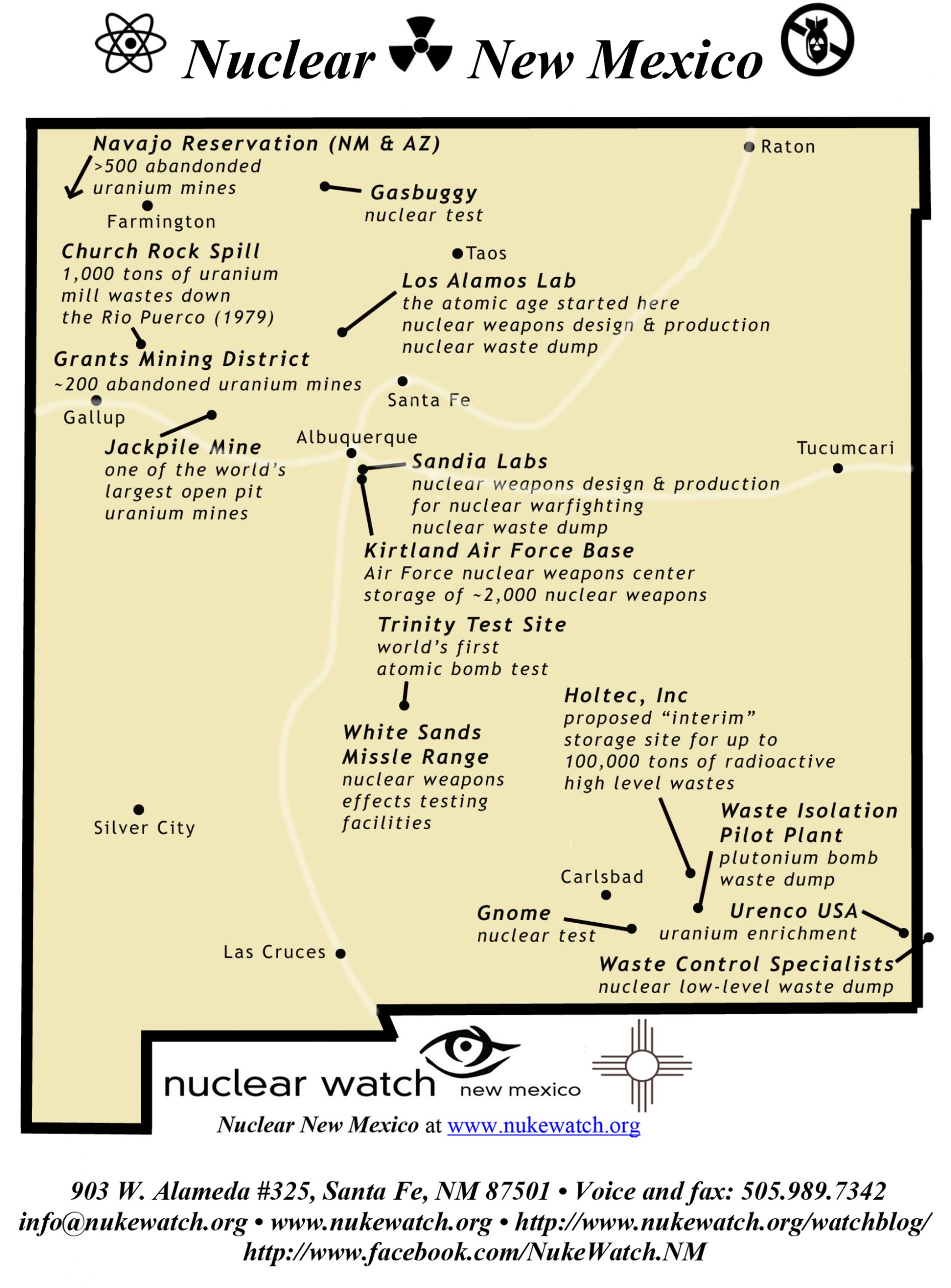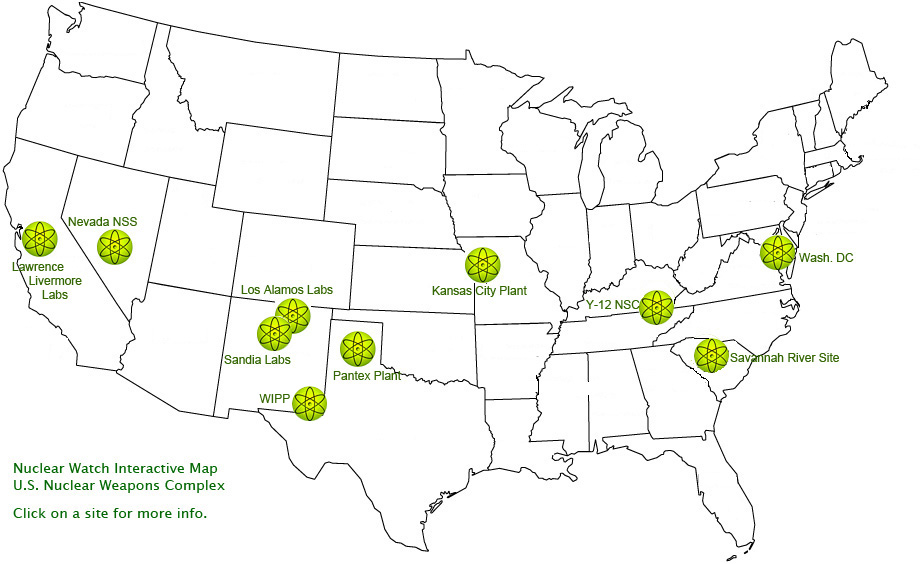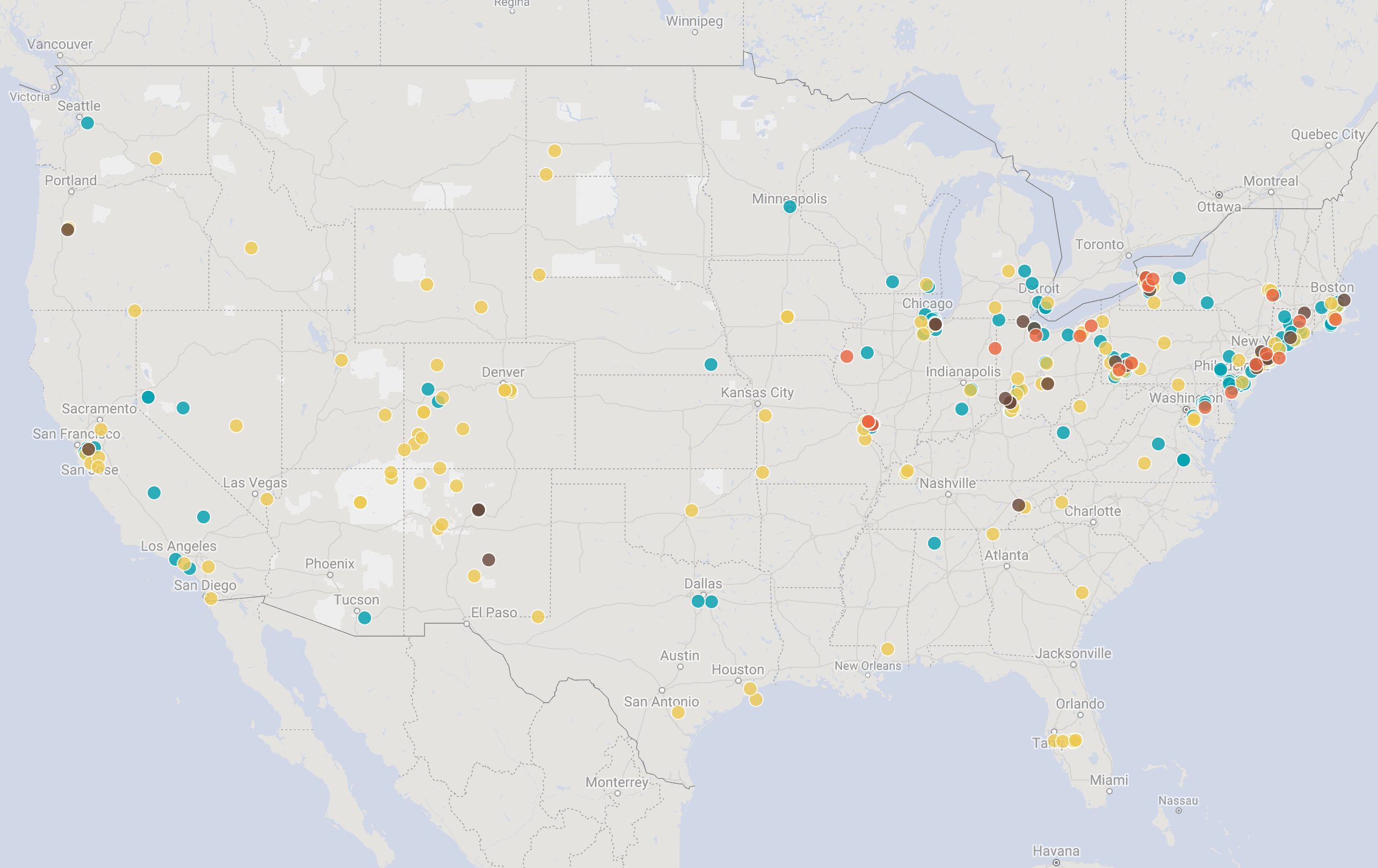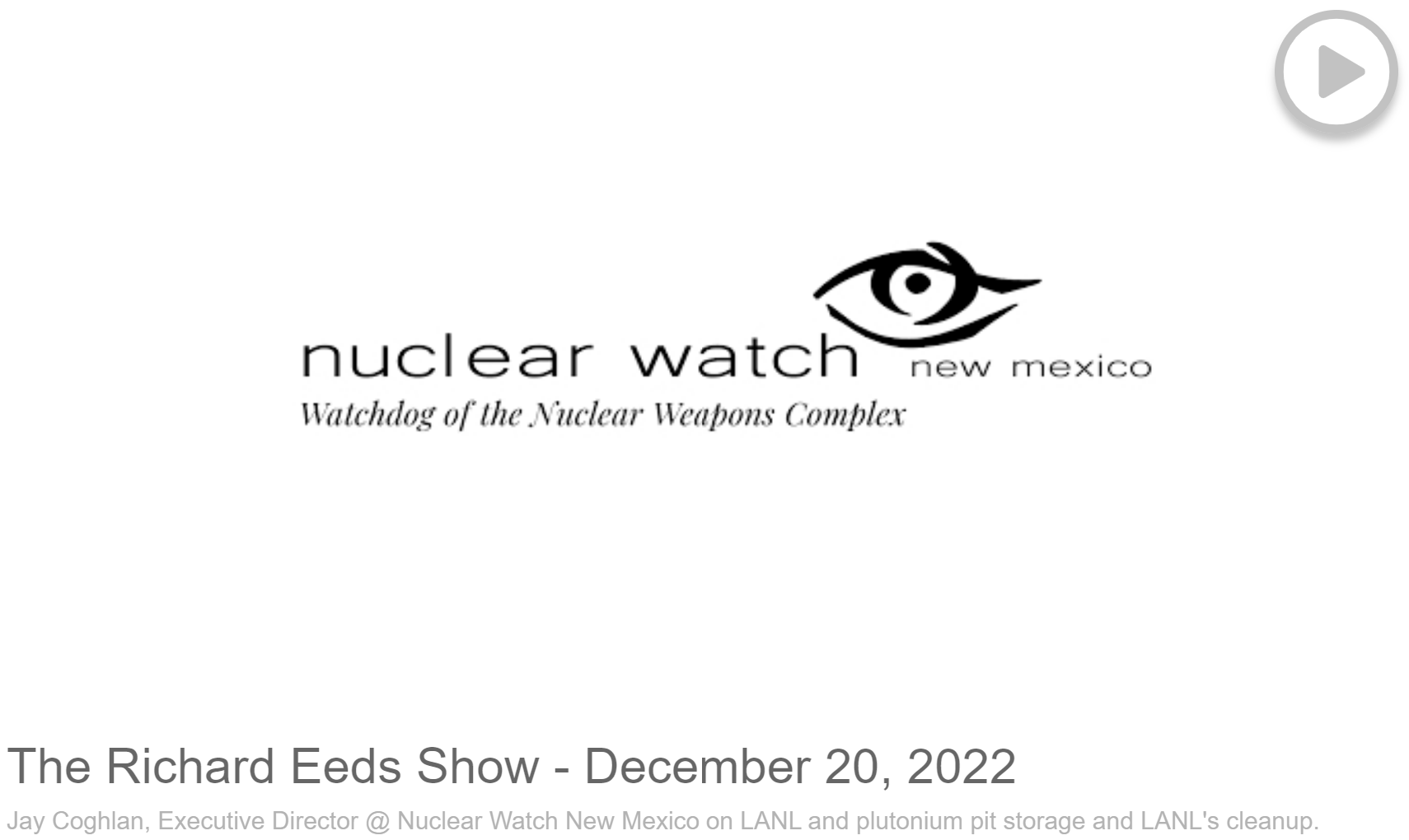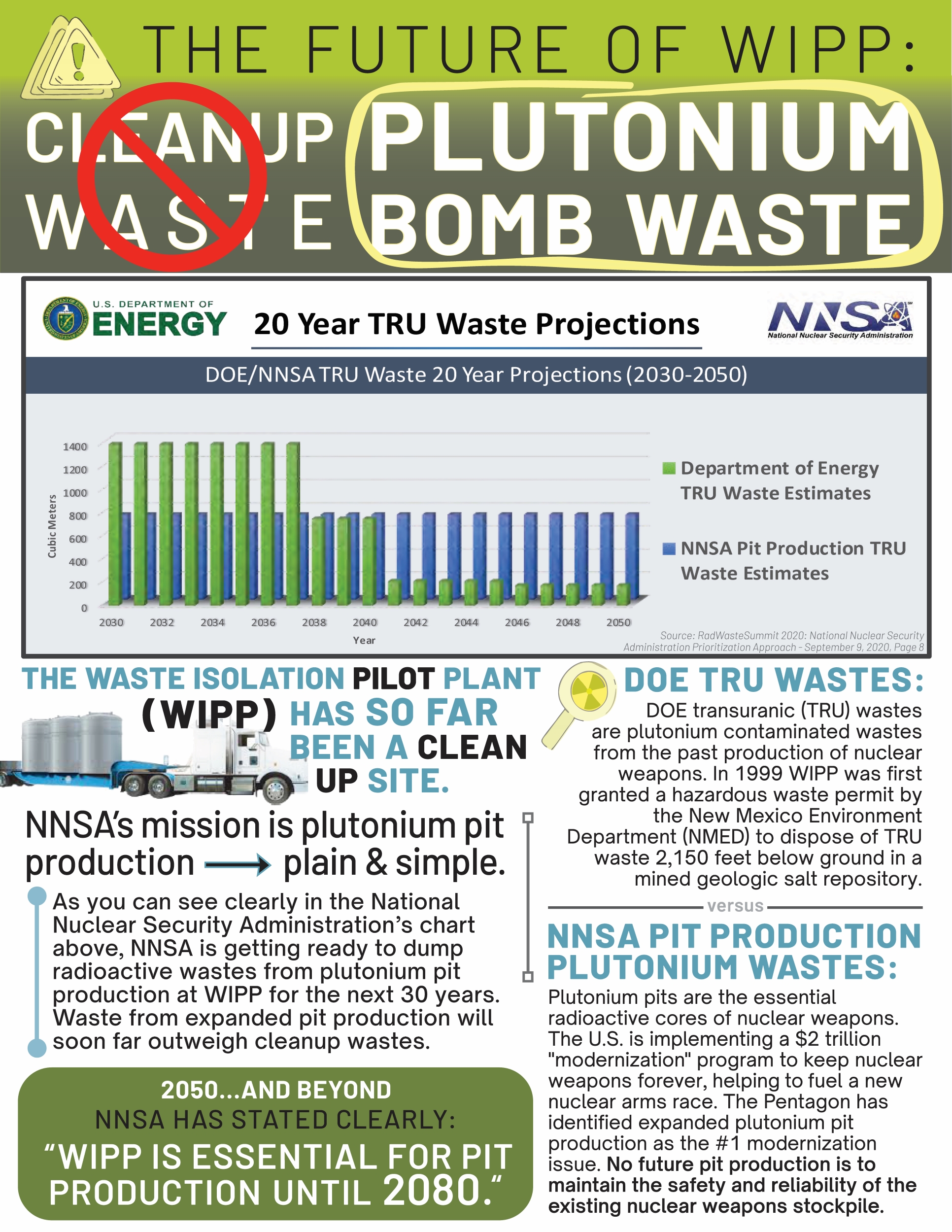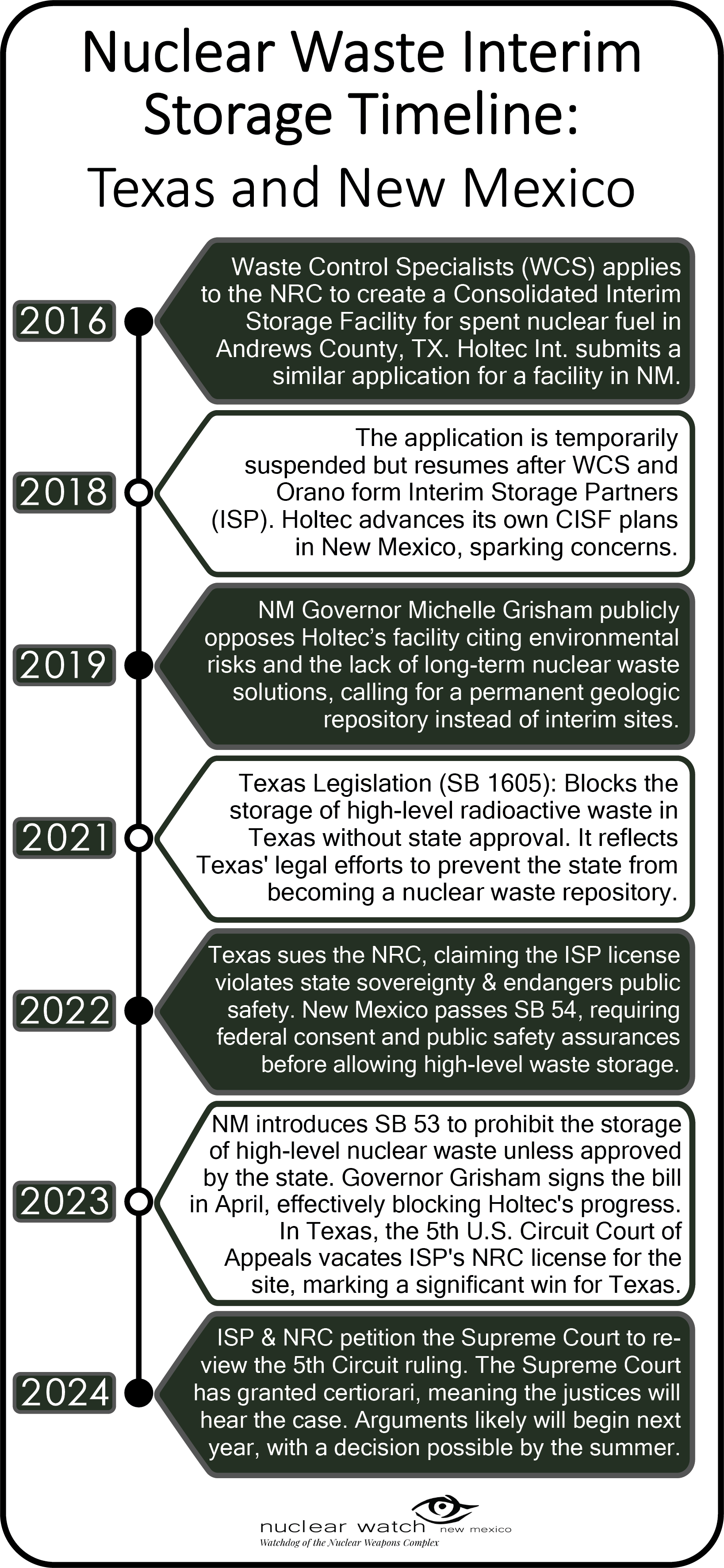QUOTE OF THE WEEK
Nothing Found
It seems we can’t find what you’re looking for. Perhaps searching can help.
LANL’s Central Mission: Los Alamos Lab officials have recently claimed that LANL has moved away from primarily nuclear weapons to “national security”, but what truly remains as the Labs central mission? Here’s the answer from one of its own documents:
LANL’s “Central Mission”- Presented at: RPI Nuclear Data 2011 Symposium for Criticality Safety and Reactor Applications (PDF) 4/27/11
Banner displaying “Nuclear Weapons Are Now Illegal” at the entrance in front of the Los Alamos National Lab to celebrate the Entry Into Force of the Nuclear Weapon Ban Treaty on January 22, 2021
Nothing Found
It seems we can’t find what you’re looking for. Perhaps searching can help.
Follow the Money!
Map of “Nuclear New Mexico”
In 1985, US President Ronald Reagan and Russian President Mikhail Gorbachev declared that “a nuclear war cannot be won and must never be fought.”
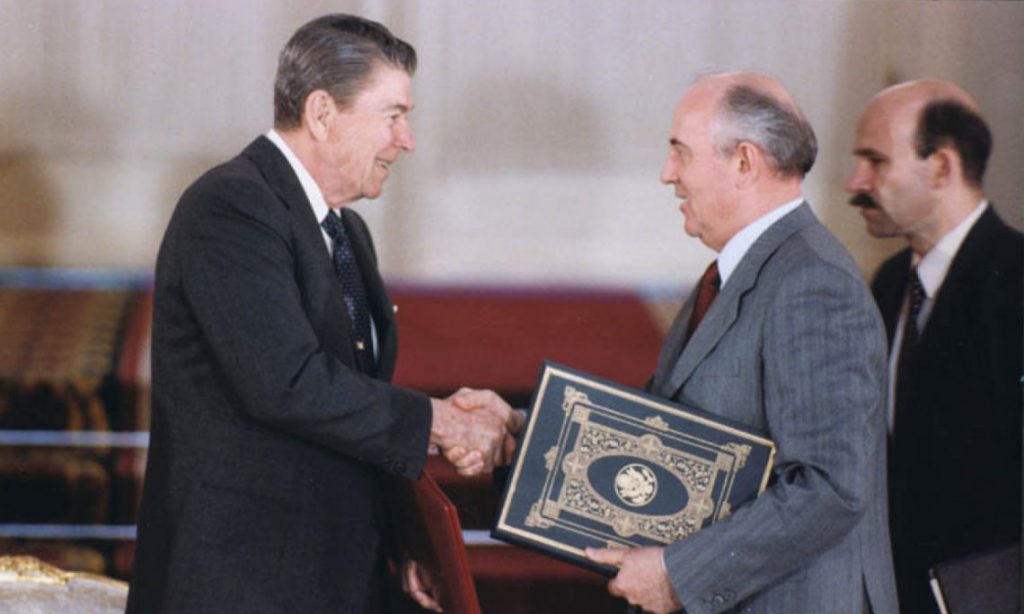
Waste Lands: America’s Forgotten Nuclear Legacy
The Wall St. Journal has compiled a searchable database of contaminated sites across the US. (view)
Related WSJ report: https://www.wsj.com
NEW & UPDATED
Nuke waste rules proposed for Carlsbad-area site critiqued by watchdogs, local leaders
“We are opposed to the idea of continuing to expand the WIPP underground…Back when this got started, everyone agreed it would take 25 years and all the waste would be emplaced…That’s not going to happen by 2024.
That’s not the citizens of New Mexico’s fault or NMED’s fault. It’s on the DOE. They don’t want an end date. That’s something we need to push on.” — Nuclear Waste Program Director Don Hancock of the Southwest Research and Information Center
By Adrian Hedden Carlsbad Current-Argus | January 6, 2023 news.yahoo.com
The Waste Isolation Pilot Plant operates under a permit with the New Mexico Environment Department (NMED), which is renewed every 10 years.
That process is ongoing for WIPP, and NMED added several provisions in a draft permit released last month that called for a stricter accounting of waste coming to WIPP each year, required updates on the process of finding a new repository and demanded a greater priority be placed on disposal of nuclear waste generated in New Mexico.
Feds push plan to dispose plutonium using nuclear waste repository near Carlsbad
“We want an end to the situation where New Mexico is the only nuclear waste dump for all 50 states. The concern is that if you increase the number of shipments, the number of years, and you increase the dangerousness of the waste, at some point, somewhere an accident is inevitable.” – Cindy Weehler, co-chair of Santa Fe-based activist group 285 ALL
By Adrian Hedden Carlsbad Current-Argus | January 5, 2023 currentargus.com
Federal nuclear waste managers said they planned to dispose of 34 metric tons of surplus, weapons-grade plutonium at a nuclear repository in New Mexico after the waste is diluted to a lower level of radioactivity.
The National Nuclear Security Administration (NNSA) proposed in 2020 a “dilute and dispose” method of eliminating the plutonium from the environment, ultimately via emplacement at the Waste Isolation Pilot Plant repository near Carlsbad.
Before that can happen, the NNSA said the waste can be “downblended” to meet requirements at WIPP, which is designed to dispose of transuranic (TRU) waste that can only be of a certain level of radioactivity.
Albuquerque Journal Editorial: NM right to ask for accounting of nuclear waste
“I think there’s this mentality that New Mexico can just be the forever home for all the nation’s waste. It’s an exploitative mentality regarding our state.” — Sen. Jeff Steinborn, D-Las Cruces
BY ALBUQUERQUE JOURNAL EDITORIAL BOARD | January 4, 2023 abqjournal.com
It is more than fair, when you house a radioactive waste facility like the Waste Isolation Pilot Plant, to ask how much waste from the nation’s nuclear weapons program still needs a home.
Especially when the nation keeps making more.
In the proposed permit for the federal government to continue storing nuclear waste at WIPP in southeastern New Mexico, the New Mexico Environment Department is seeking a full accounting from the U.S. Energy Department of materials still needing to be cleaned up and shipped to WIPP from laboratories and defense-related sites around the country. It also suggests developing another storage site (Hint: How about the $13.5 billion already spent on Yucca Mountain?). And it puts Congress — the same Congress that just approved spending more to make key plutonium components for the nation’s nuclear arsenal, which will also make more radioactive waste — on notice that if lawmakers expand the type of waste accepted at WIPP, the permit will be revoked.
Los Alamos National Laboratory’s record $4.6B budget will still mostly fund nuclear weapons
“This year’s $858 billion military budget is the largest in memory. And the National Nuclear Security Administration, the Energy Department branch that oversees nuclear weapons, received $22.3 billion, a bump from the $20.7 billion it got last year.”
BY SCOTT WYLAND, THE SANTA FE NEW MEXICAN | January 4, 2023 stripes.com
(Tribune News Service) — Los Alamos National Laboratory’s record $4.6 billion budget for this fiscal year will give officials an unprecedented amount of money for its nuclear weapons program, which still makes up the bulk of the lab’s spending.
The lab’s hefty funding was part of the U.S. Energy Department’s budget request tucked into the recently passed $1.7 trillion omnibus spending package, which will cover the costs of agencies and programs through this fiscal year, ending in October.
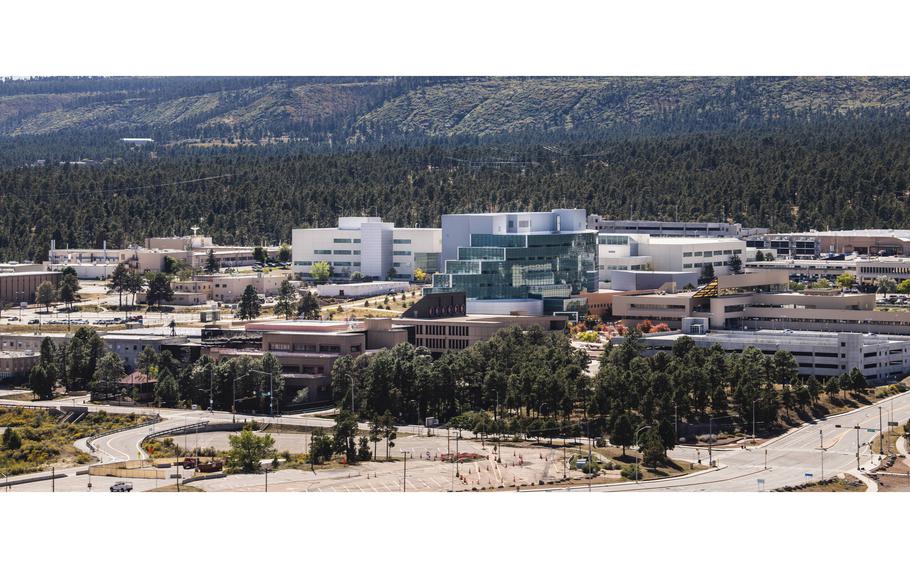
Roughly 70 percent of the lab’s funding is for its nuclear weapons program, which includes research, computer testing and pursuing the goal of producing 30 plutonium bomb cores or “pits” per year by 2026.
South Korea-U.S. Military Drills Could Use Nuclear Assets, President Yoon Suk-yeol Says
South Korea’s president said the country is discussing conducting joint exercises with the U.S. using nuclear assets, although President Biden played down the claim.
THE WALL STREET JOURNAL By Dasl Yoon | January 2, 2023 wsj.com
Yoon Suk-yeol told a South Korean newspaper that the aim of the drills would be to practice the implementation of extended deterrence. South Korea doesn’t have its own nuclear weapons, but is protected under what is known as the U.S. nuclear umbrella.
Engels Air Base News Live: The Russians have significantly reduced the presence of their strategic bombers at the Engels air base in the Saratov region.
In the Pacific, Outcry Over Japan’s Plan to Release Fukushima Wastewater
“Next year in spring, [Japan] plans to begin releasing the water into the Pacific after treatment for most radioactive particles…”
By Pete McKenzie, NEW YORK TIMES | December 30, 2022 nytimes.com
The proposal has angered many of Japan’s neighbors, particularly those with the most direct experience of unexpected exposure to dangerous levels of radiation.
SANTA FE NEW MEXICAN – OUR VIEW – Getting rid of plutonium pits — so many questions
A Department of Energy proposal to dilute and dispose of plutonium waste at the Waste Isolation Pilot Plant in Carlsbad is ready for public comment — the draft environmental impact statement, all 412 pages of it, has been released.
“Stay alert for notices of meetings and time for public comment. There’s no guarantee informed opposition will change plans by agencies intent on certain action, but speaking up beats staying quiet. Oh, and think about this: before rushing full speed ahead to produce even more plutonium pits, it’s time to at least try to find a way to dispose of the waste we’ve already created.”
[NukeWatch will provide sample comments and make it as easy as possible to participate in the public comment process for the WIPP Permit and Plutonium Waste Disposal plans]
SANTA FE NEW MEXICAN | OUR VIEW December 24, 2022 santafenewmexican.com
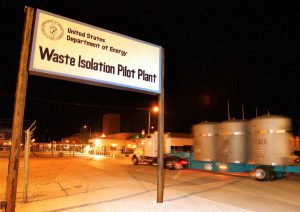
The public can weigh in, whether in writing or by showing up for public hearings that will take place early next year.
Buckle up. This is going to be a contentious discussion.
The U.S. wants to be rid of 34 metric tons of plutonium bomb cores, or pits, stored at the Pantex Plant in Amarillo. The pits are Cold War legacies; because WIPP is restricted in the type of waste it can take, before disposing of it, the material must be diluted. Thus, the term, dilute and dispose. The Department of Energy’s decision about the waste was announced two years ago, but with no details.
At one point the Energy Department wanted to turn Cold War plutonium into a mixed oxide fuel for use in commercial nuclear plants. That would have happened at the Savannah River Site in South Carolina, but billions in cost overruns and delays hamstrung the effort, and the Trump administration killed the project in 2018.
It chose the dilute-and-disposal plan.
The draft statement fleshes out just what would happen to prepare the pits for disposal — in a facility, we might point out, that currently is seeking a renewal of its hazardous waste permit from the state of New Mexico. WIPP is open, but state Environment Department Secretary James Kenney and Gov. Michelle Lujan Grisham want more oversight of waste disposal at the plant.
That back and forth is separate from the Energy Department dilute-and-disposal proposal, but the permit discussion provides context for the coming fierce debate.Continue reading
Exposed: The Most Polluted Place in the United States
A new book investigates the toxic legacy of Hanford, the Washington state facility that produced plutonium for nuclear weapons.
“Bechtel is a privately owned corporation and we’re spending billions of dollars paying this company to not get the job done. It’s a big mess.”
By Tara Lohan, The Revelator | December 21, 2022 ecowatch.com

The most polluted place in the United States — perhaps the world — is one most people don’t even know. Hanford Nuclear Site sits in the flat lands of eastern Washington. The facility — one of three sites that made up the government’s covert Manhattan Project — produced plutonium for Fat Man, the atomic bomb dropped on Nagasaki during World War II. And it continued producing plutonium for weapons for decades after the war, helping to fuel the Cold War nuclear arms race.
Today Hanford — home to 56 million gallons of nuclear waste, leaking storage tanks, and contaminated soil — is an environmental disaster and a catastrophe-in-waiting.
It’s “the costliest environmental remediation project the world has ever seen and, arguably, the most contaminated place on the entire planet,” writes journalist Joshua Frank in the new book, Atomic Days: The Untold Story of the Most Toxic Place in America.
It’s also shrouded in secrecy.
Frank has worked to change that, beginning with a series of blockbuster investigations published in Seattle Weekly a decade ago. Atomic Days offers an even fuller picture of the ecological threats posed by Hanford and its failed remediation.
The Revelator spoke with him about the environmental consequences, the botched cleanup operation, and what comes next.
Why is the most polluted place in the country so little known?
We have to understand what it was born out of, which was the Manhattan Project. There were three locations picked — Los Alamos [N.M.], Oak Ridge [Tenn.] and Hanford — to build the nuclear program.
New Mexico Presses US to Develop Other Nuclear Waste Sites
State wants full waste inventory, limits to disposal
WIPP, open since 1999, mining new panels
BLOOMBERG NEWS | December 20, 2022 news.bloomberglaw.com
New Mexico will be “unwavering” in sticking to proposed new conditions on a federal underground nuclear waste repository, a state official said, including one that revokes the facility’s permit should Congress expand its disposal limit.
The state is demanding the Energy Department and its site contractor, Nuclear Waste Partnership LLC, furnish an accurate inventory of all remaining wastes awaiting clean-up and emplacement at the site and an annual report detailing the agency’s progress toward siting another repository in another state.
Clean Energy or Weapons? What the ‘Breakthrough’ in Nuclear Fusion Really Means
 From Tri-Valley CAREs: On NIF, Nuclear Weapons and Fusion Hype
From Tri-Valley CAREs: On NIF, Nuclear Weapons and Fusion Hype
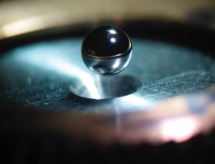
“On December 13, the Department of Energy (DOE) and Livermore Lab held a press conference and, with maximum hoopla, announced that an experiment at the National Ignition Facility earlier that month had achieved fusion “ignition”.
Physicist MV Ramana, who is currently with the University of British Columbia and was previously at Princeton’s Nuclear Futures Laboratory and its Program on Science and Global Security, wrote this article for a science and tech magazine. For more information on what did and did not happen at NIF, we highly recommend it:”
Clean Energy or Weapons? What the ‘Breakthrough’ in Nuclear Fusion Really Means
SCIENCE – THE WIRE | December 19, 2022 science.thewire.in
- On December 13, the US Department of Energy announced that the National Ignition Facility had reached a “milestone”: the achievement of “ignition” in nuclear fusion earlier in the month.
- While the step has been described as a milestone in clean energy, generating electricity commercially or at an industrial scale through fusion is likely unattainable in any realistic sense – at least within the lifetimes of most readers of this article.
- The main utility that the facility offers nuclear weapons designers and planners is by providing a greater understanding of the underlying science and modernizing these weapons.
The Guardian [Letters]: Nuclear fusion ‘holy grail’ is not the answer to our energy prayers
Dr Mark Diesendorf questions the claim that nuclear fusion is safe and clean, while Dr Chris Cragg suspects true fusion power is a long way off. Plus letters from Dick Willis and Martin O’Donovan
“It is great news that scientists have succeeded in getting more energy out of fusion than they put in. It brings to mind a quote from a past director of the Central Electricity Generating Board: ‘One day you may get more energy out of nuclear fusion than you put in, but you will never get more money out than you put in.’” – Martin O’Donovan (Ashtead, Surrey)
THE GUARDIAN: LETTERS | December 19, 2022 theguardian.com
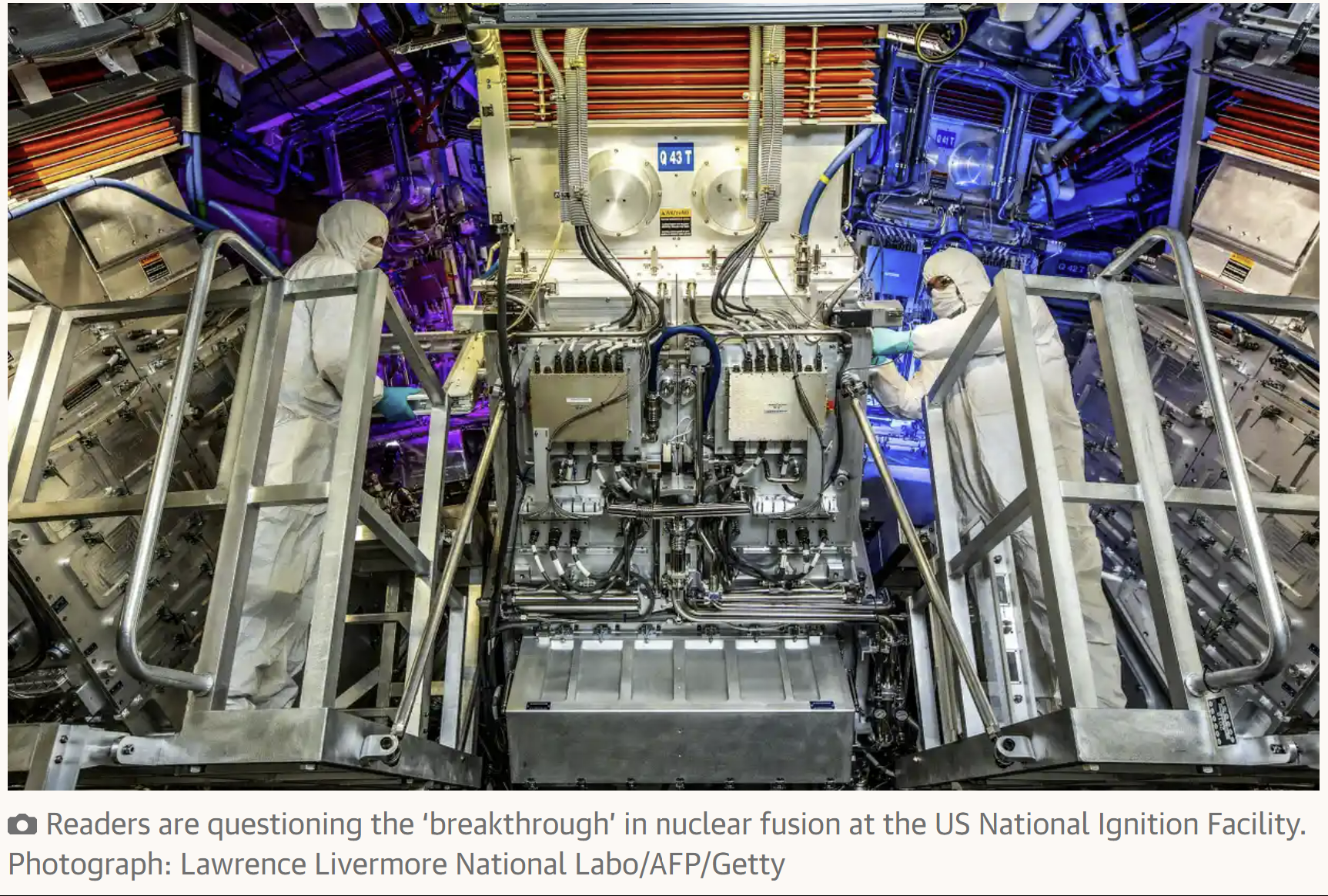
You report on the alleged “breakthrough” on nuclear fusion, in which US researchers claim that break-even has been achieved (Breakthrough in nuclear fusion could mean ‘near-limitless energy’, 12 December). To go from break-even, where energy output is greater than total energy input, to a commercial nuclear fusion reactor could take at least 25 years. By then, the whole world could be powered by safe and clean renewable energy, primarily solar and wind.
The claim by the researchers that nuclear fusion is safe and clean is incorrect. Laser fusion, particularly as a component of a fission-fusion hybrid reactor, can produce neutrons that can be used to produce the nuclear explosives plutonium-239, uranium-235 and uranium-233. It could also produce tritium, a form of heavy hydrogen, which is used to boost the explosive power of a fission explosion, making fission bombs smaller and hence more suitable for use in missile warheads. This information is available in open research literature.
The US National Ignition Facility, which did the research, is part of the Lawrence Livermore National Laboratory, which has a history of involvement with nuclear weaponry.
Dr Mark Diesendorf
University of New South Wales
ACTION ALERTS
Nothing Found
It seems we can’t find what you’re looking for. Perhaps searching can help.
CRITICAL EVENTS
Nothing Found
It seems we can’t find what you’re looking for. Perhaps searching can help.
Nothing Found
It seems we can’t find what you’re looking for. Perhaps searching can help.
New Nuclear Media: Art, Films, Books & More
Nothing Found
It seems we can’t find what you’re looking for. Perhaps searching can help.
Nothing Found
It seems we can’t find what you’re looking for. Perhaps searching can help.

